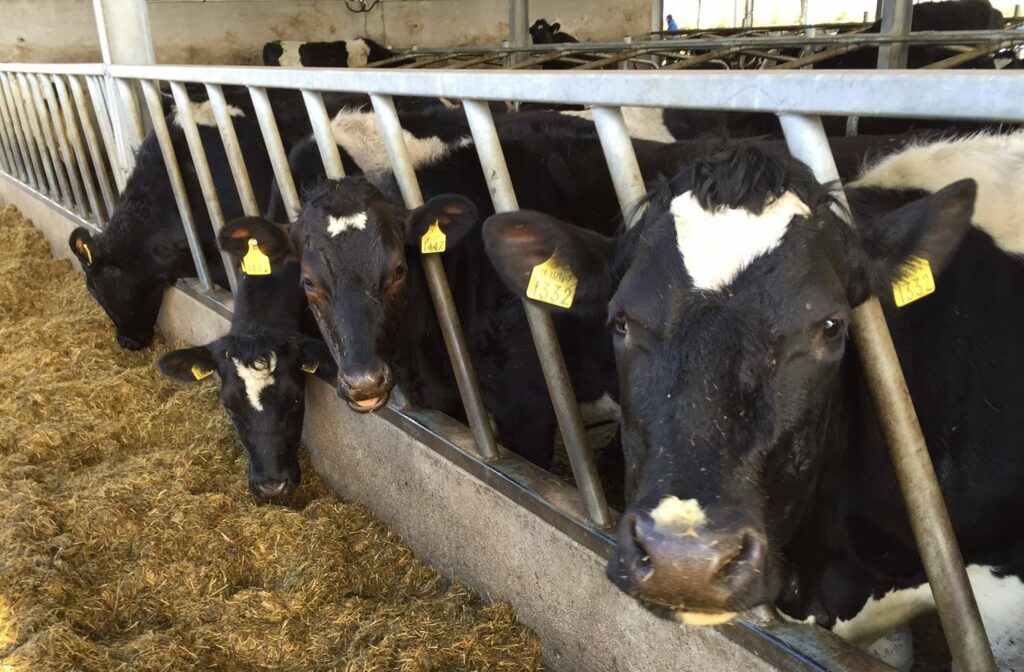As the ‘Beast from the East’ prepares to clash with Storm Emma later this afternoon, farmers and rural dwellers have been warned to remain indoors from 4:00pm today and to exercise extreme caution.
Met Eireann, last night, extended its Status Red snow and ice alert – its highest level of warning – to the entire country, with the south and south-east expected to be worst impacted.
Farmers have been advised to take particular protective measures in relation to livestock during the severe weather. Livestock will survive for a period of time without food, but animals will show signs of dehydration if left longer than 24 hours without water.
The most vulnerable groups of animals to a water shortage are dairy cows, animals on high-concentrate diets and animals fed hay, straw or other very dry feeds.
Farmers should keep a watchful eye on troughs when cattle are housed. Regardless of weather conditions, farmers should routinely check all water troughs in a shed – where cattle are housed – to ensure that they are in working order.
Dairy cows must have access to drinking water at all times. A cow producing 30L of milk and being fed a silage-based diet requires 75-90L (16-20 gallons) of water per day.
Finishing animals on high levels of dry feed, such as high-concentrate diets, have a huge demand for water. These animals should always have free access to water. An animal consuming 10kg (dry matter) of dry feed will need 60L (13 gallons) of water daily.
Where adequate water cannot be provided for a period, concentrate feeding levels should be reduced and animals put on wet silage – fed on an ad-lib basis. These animals need to be introduced to meal gradually again, once the water supply is restored.
According to Teagasc, if an animal is without water for a prolonged period of time, there is a chance they could gorge themselves when it is made available again.
Therefore, protecting pumps and supply pipes is important. A lot of pumps are now deep well submersible, so they should be protected. However, pumps can sometimes trip out.
Pipes from the pump to the sheds and troughs need to be kept thawed. Putting a thermostatically-controlled fan heater in the pump house is one of the simplest ways to do this. In addition, a cover can also be placed around the pump.
Farmers could fit a tap at the end of the pipe serving the shed. During this cold patch, this could be used strategically by opening the tap slightly to help prevent the water freezing. This would be fine where it is being sourced from a well. However, it wouldn’t be recommended if it is supplied from the mains.
According to Teagasc’s Tom Ryan, the amount of water the animals are using and the heat from the animals should be enough to stop pipes freezing. How effective it is will depend on various factors such as whether the shed is open fronted or not and where the pipes are routed.
He also outlined that supply pipes to the sheds that are above ground will cause endless problems. He added that some ingenuity is needed as every situation is different and what will be feasible in one place won’t be somewhere else.


